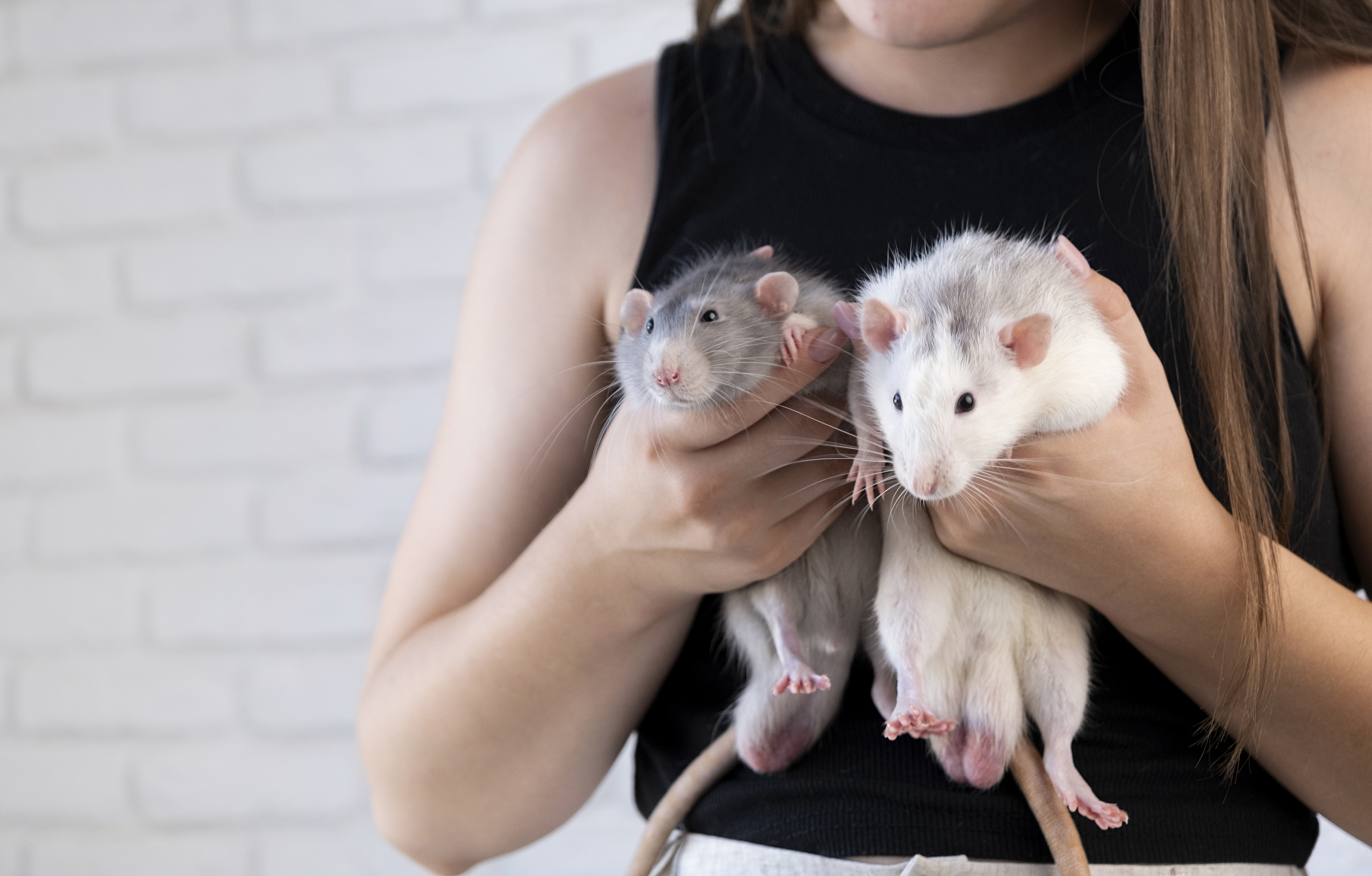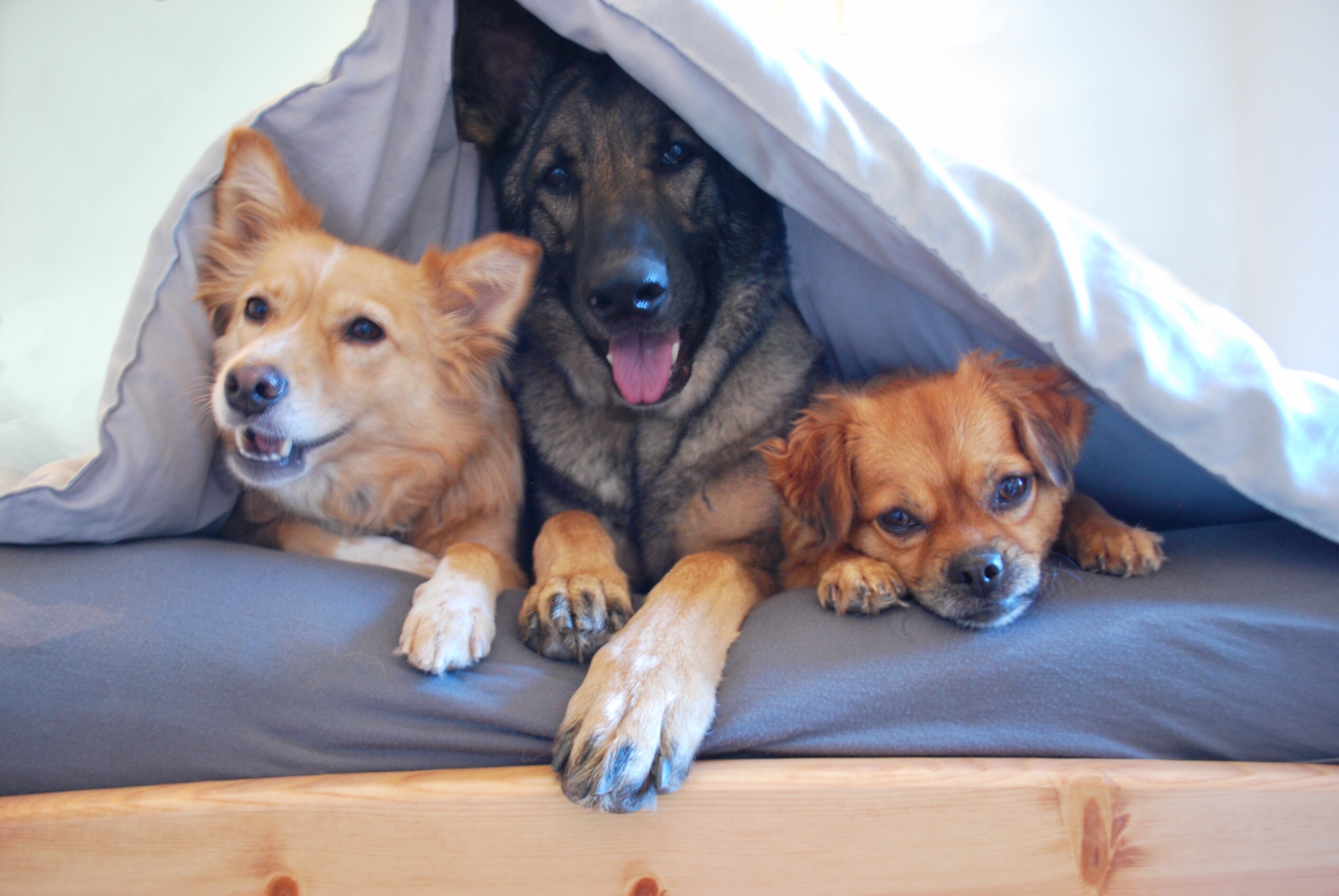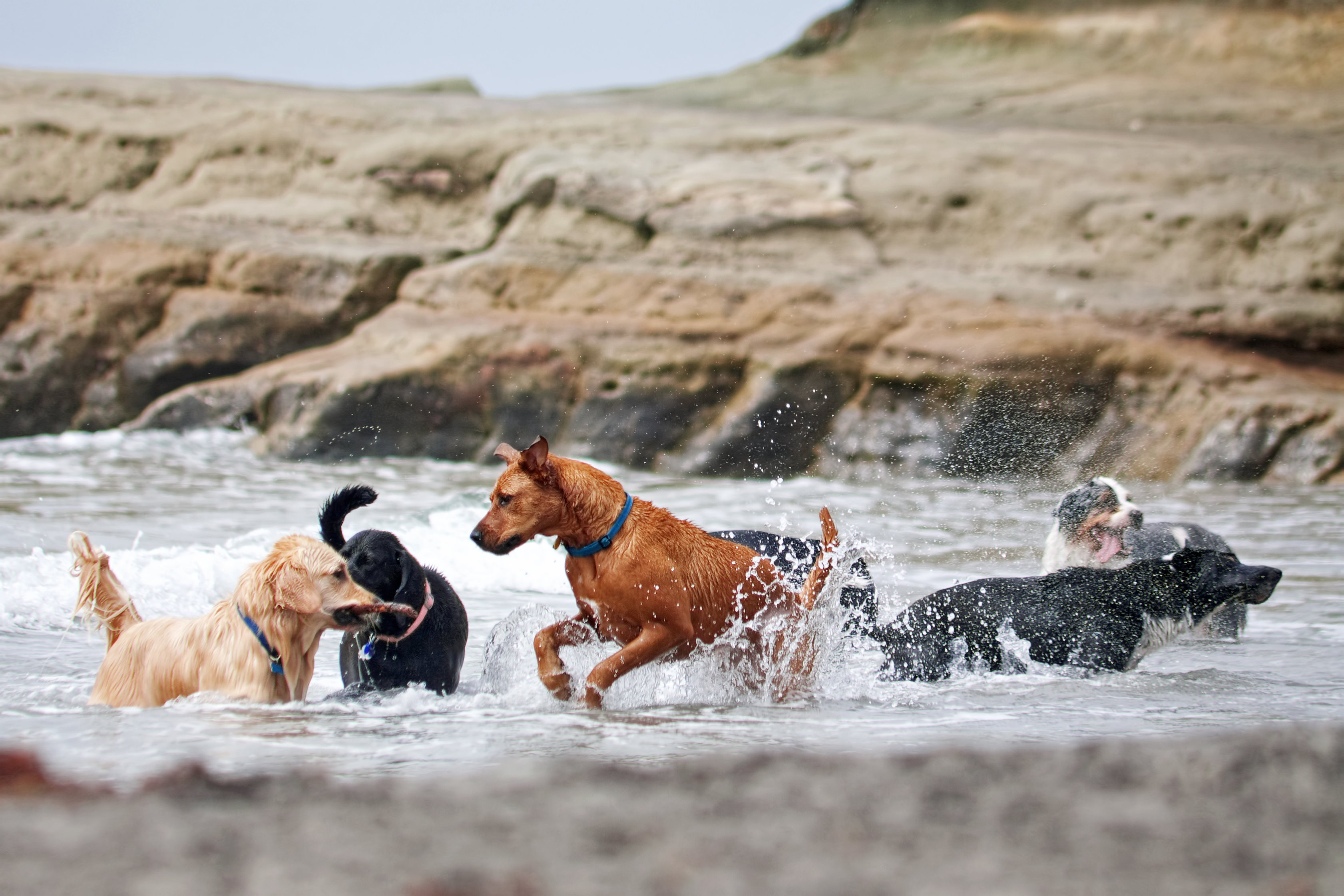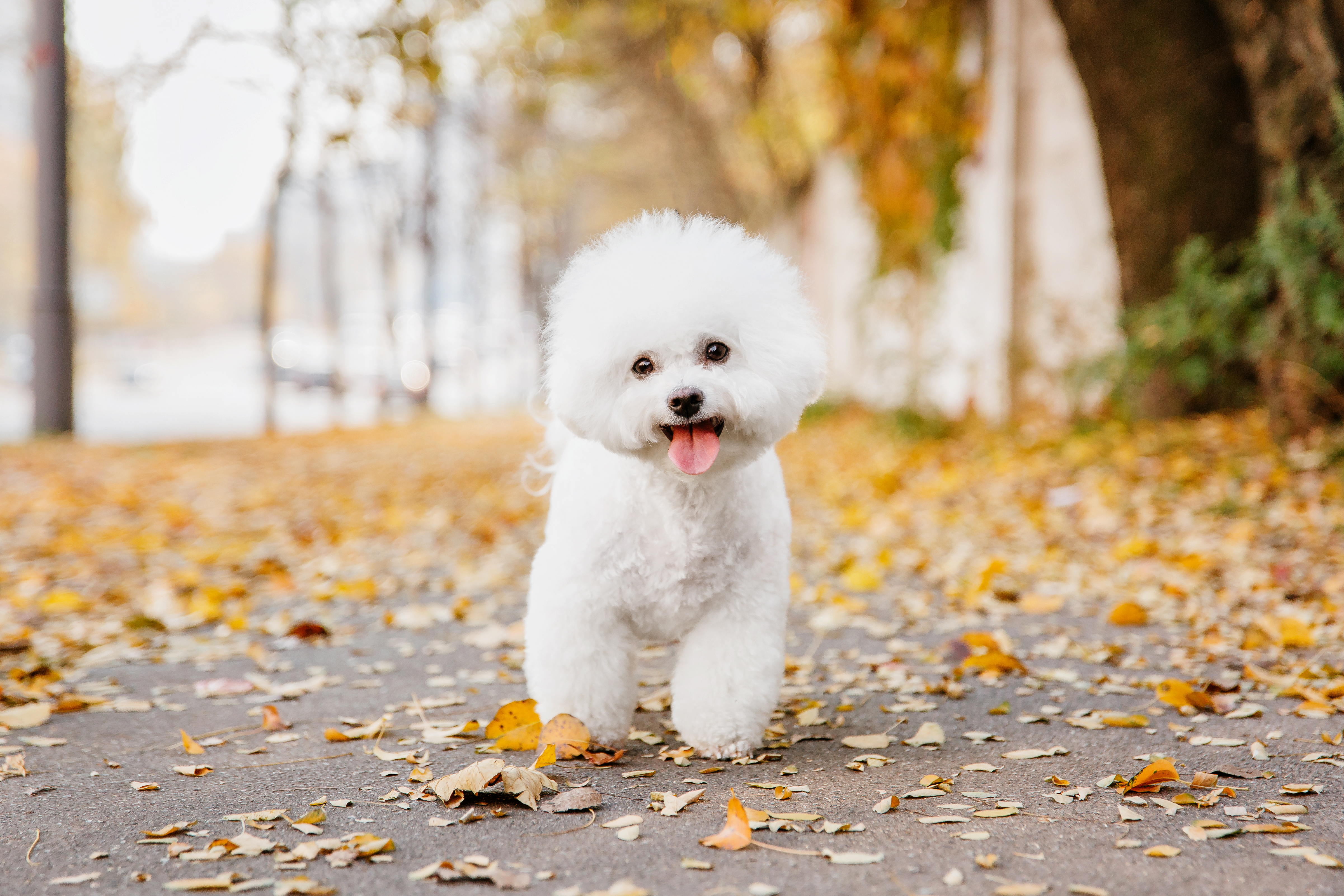10 Must-Have Dog Essentials for First-Time Pet Parents
Embarking on the journey of dog parenting can be as exhilarating as it is daunting. For first-time dog owners, the prospect of welcoming a furry companion into their lives is filled with joy, excitement, and a touch of anxiety. The bond between humans and dogs is unique, marked by loyalty, love, and companionship. However, like any relationship, it requires effort, understanding, and the right tools to flourish. This guide aims to equip you with the essential must-haves that will not only make your journey smoother but also ensure that your canine companion thrives in their new home. From understanding the fundamental needs of your dog to creating a nurturing environment, each section will delve into a critical aspect of dog parenting. By the end of this article, you'll have a comprehensive roadmap to becoming a confident and caring dog parent.
1. Understanding Your Dog's Basic Needs
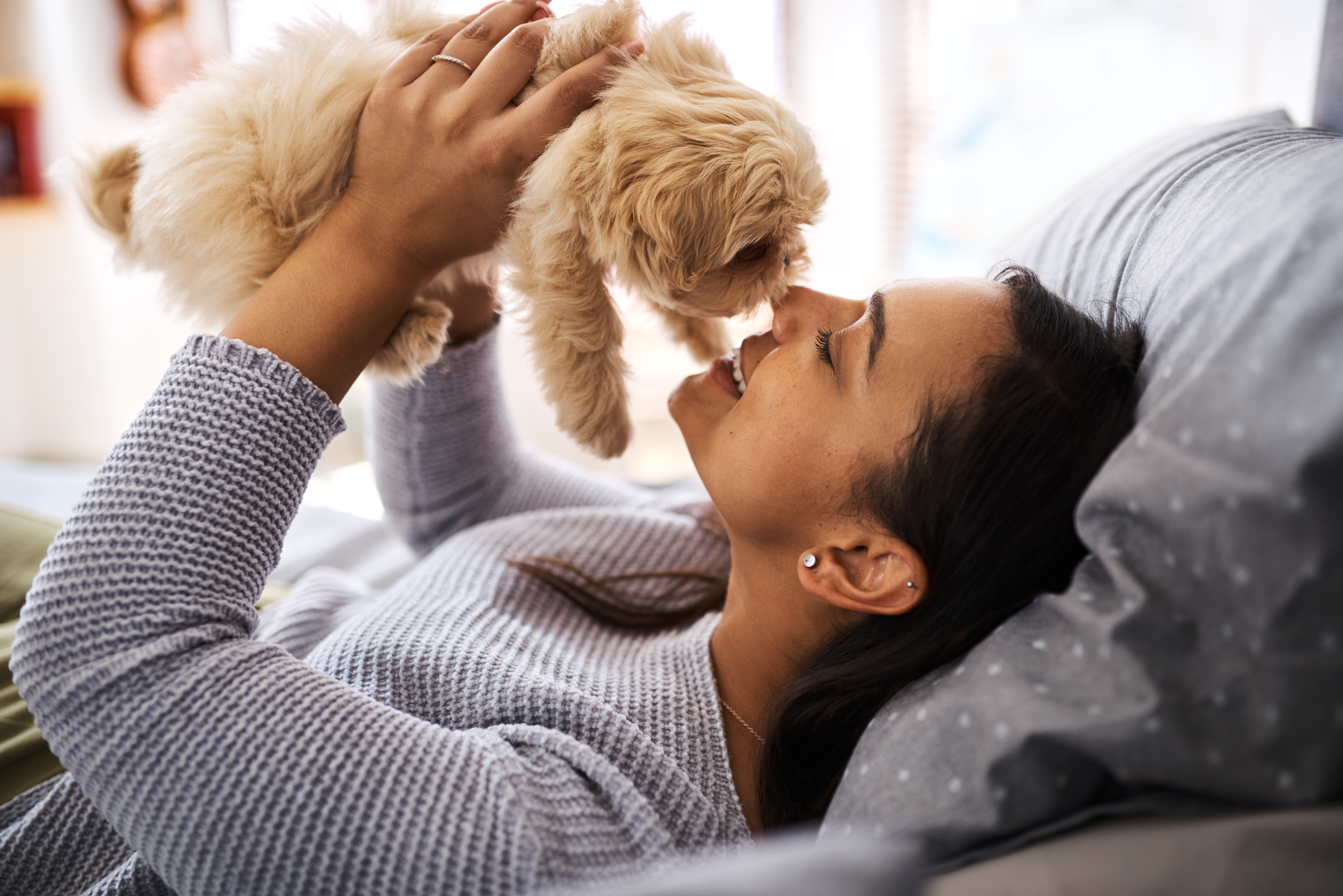
Before diving into the tangible must-haves, it's crucial to understand the basic needs of your dog. Dogs, much like humans, require a balanced diet, regular exercise, mental stimulation, and social interaction. Each breed has its own set of requirements, so it's essential to research and tailor your approach accordingly. For instance, a high-energy breed like a Border Collie will need more physical activity compared to a laid-back Bulldog. Understanding these needs helps in preventing behavioral issues and ensures your dog leads a happy, healthy life. Moreover, recognizing signs of distress or discomfort early can prevent potential health problems, making it easier to address them with appropriate solutions.
2. The Importance of a Nutritious Diet

A nutritious diet is the cornerstone of your dog's health and well-being. With the plethora of options available, choosing the right food can be overwhelming. It's important to select a diet that matches your dog's age, size, and activity level. Puppies, for instance, require a diet rich in proteins and fats to support their rapid growth, while senior dogs may need fewer calories but more fiber to aid digestion. Consulting with a veterinarian can provide personalized dietary recommendations. Additionally, understanding the ingredients and nutritional content of dog food labels can help you make informed decisions, ensuring your dog receives all the necessary nutrients.
3. Creating a Safe and Comfortable Environment
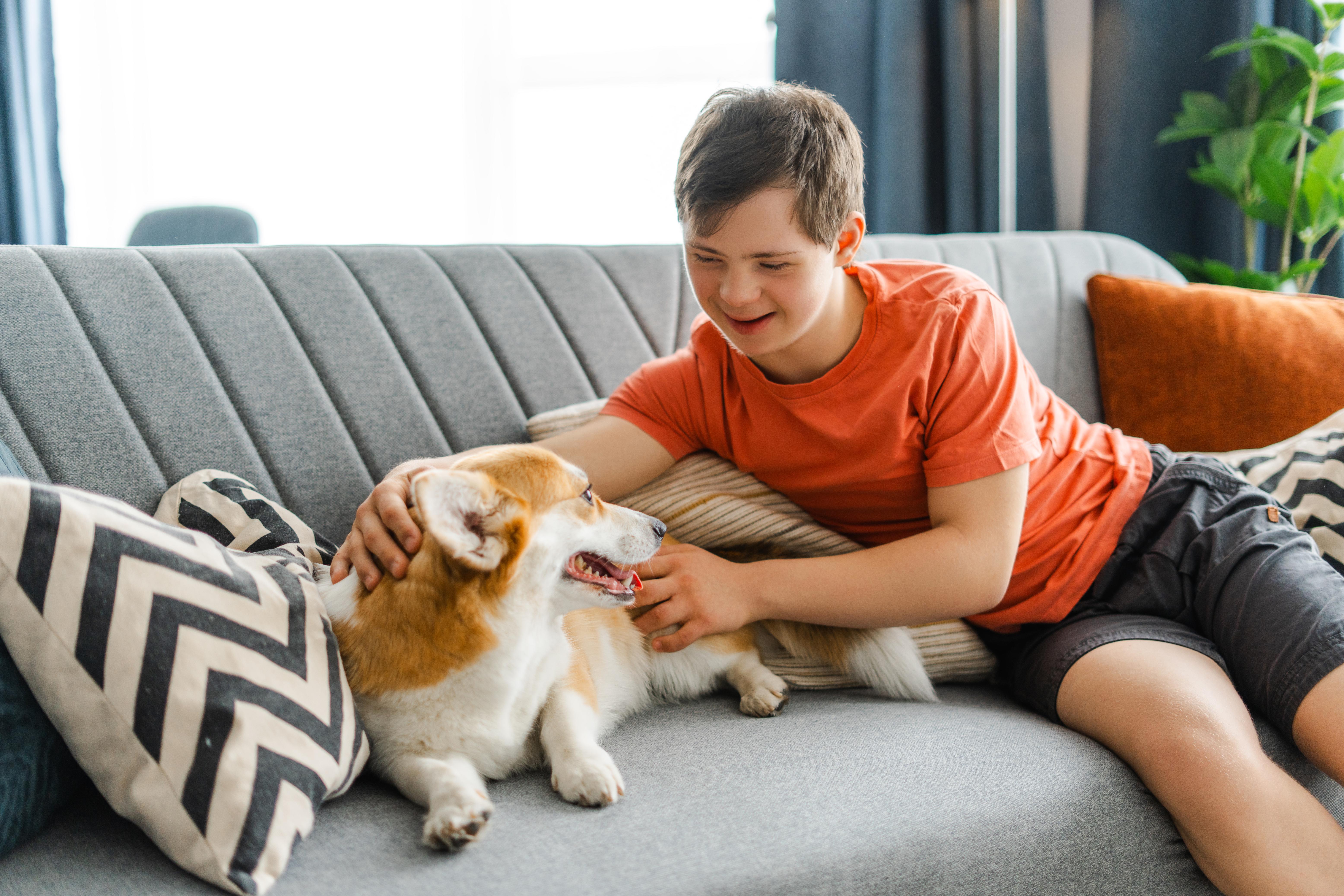
Creating a safe and comfortable environment is pivotal for your dog's physical and emotional well-being. This includes providing a cozy bed, ensuring their living space is free from hazards, and maintaining a consistent routine. Dogs thrive on routine, as it gives them a sense of security and predictability. A designated space for your dog to retreat to when they need rest or quiet time is equally important. This space should be equipped with their bed, toys, and water bowl. Moreover, safety-proofing your home by securing electrical cords, removing toxic plants, and ensuring small objects are out of reach can prevent accidents and injuries.
4. The Role of Regular Exercise

Regular exercise is vital for your dog's physical health and mental well-being. Exercise helps to control weight, improve cardiovascular health, and reduce behavioral issues such as anxiety and aggression. The type and amount of exercise will vary depending on your dog's breed, age, and health status. While a daily walk is a staple for most dogs, incorporating activities like fetch, agility training, or swimming can provide additional stimulation. Exercise is also a fantastic bonding opportunity, allowing you to spend quality time with your dog while reinforcing training commands and socialization skills.
5. The Necessity of Training and Socialization

Training and socialization are integral components of responsible dog ownership. Training not only instills good behavior but also strengthens the bond between you and your dog. Basic commands such as sit, stay, and come are essential for safety and communication. Positive reinforcement techniques, which reward desired behaviors, are highly effective and foster trust and respect. Socialization, on the other hand, involves exposing your dog to different environments, people, and other animals. This helps them become well-adjusted and confident. Attending puppy classes or arranging playdates with other dogs can significantly enhance your dog's social skills.
6. Essential Grooming Tools and Techniques
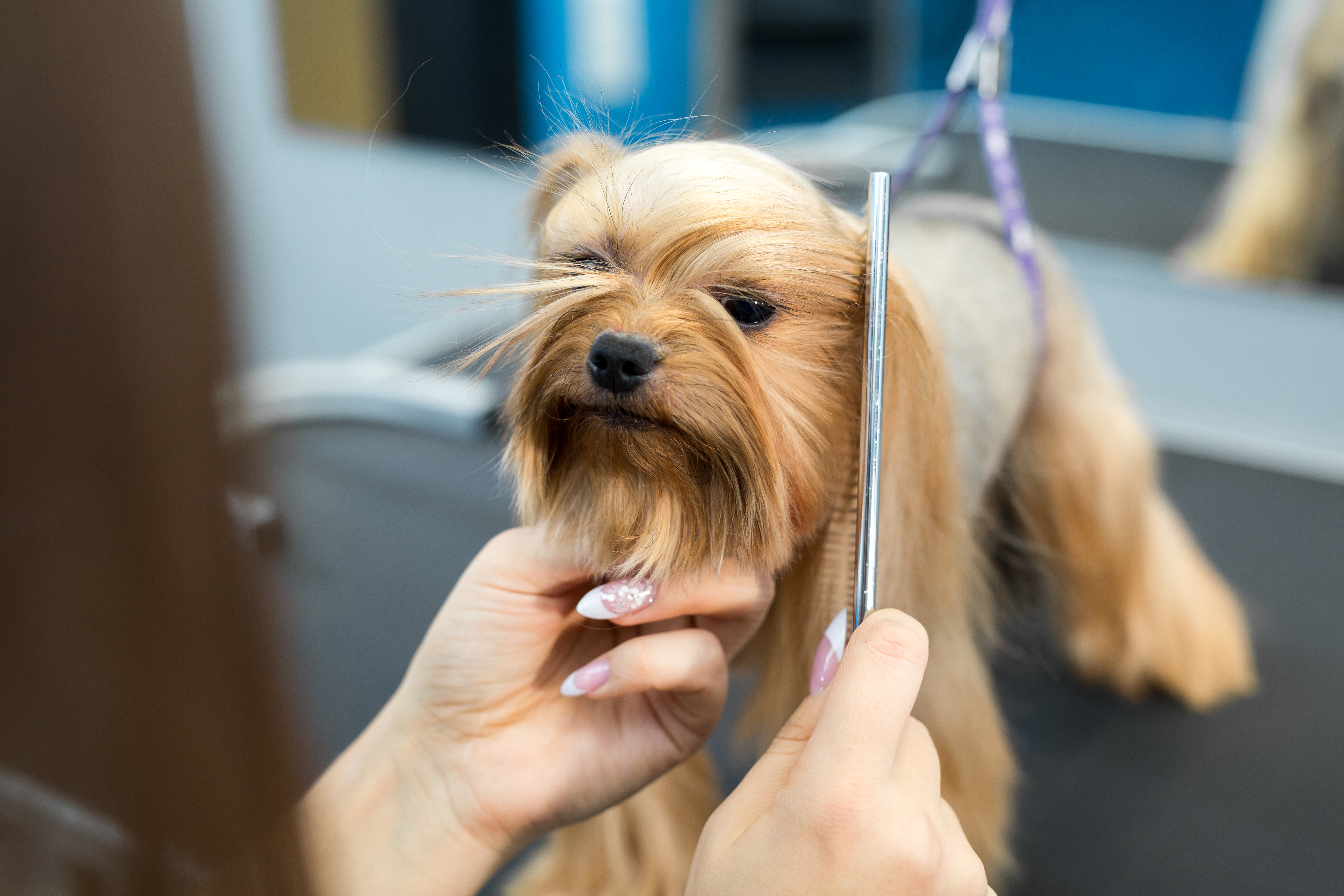
Grooming is more than just keeping your dog looking good; it's a crucial aspect of their health care. Regular grooming sessions allow you to check for signs of health issues such as skin infections, parasites, or ear problems. Depending on your dog's breed, grooming needs can vary significantly. Long-haired breeds may require daily brushing to prevent mats and tangles, while short-haired breeds might only need weekly grooming. Essential grooming tools include a brush or comb suitable for your dog's coat type, nail clippers, and dog-friendly shampoo. Establishing a grooming routine early on helps your dog become accustomed to being handled, making the process easier and more enjoyable for both of you.
7. Veterinary Care and Health Essentials
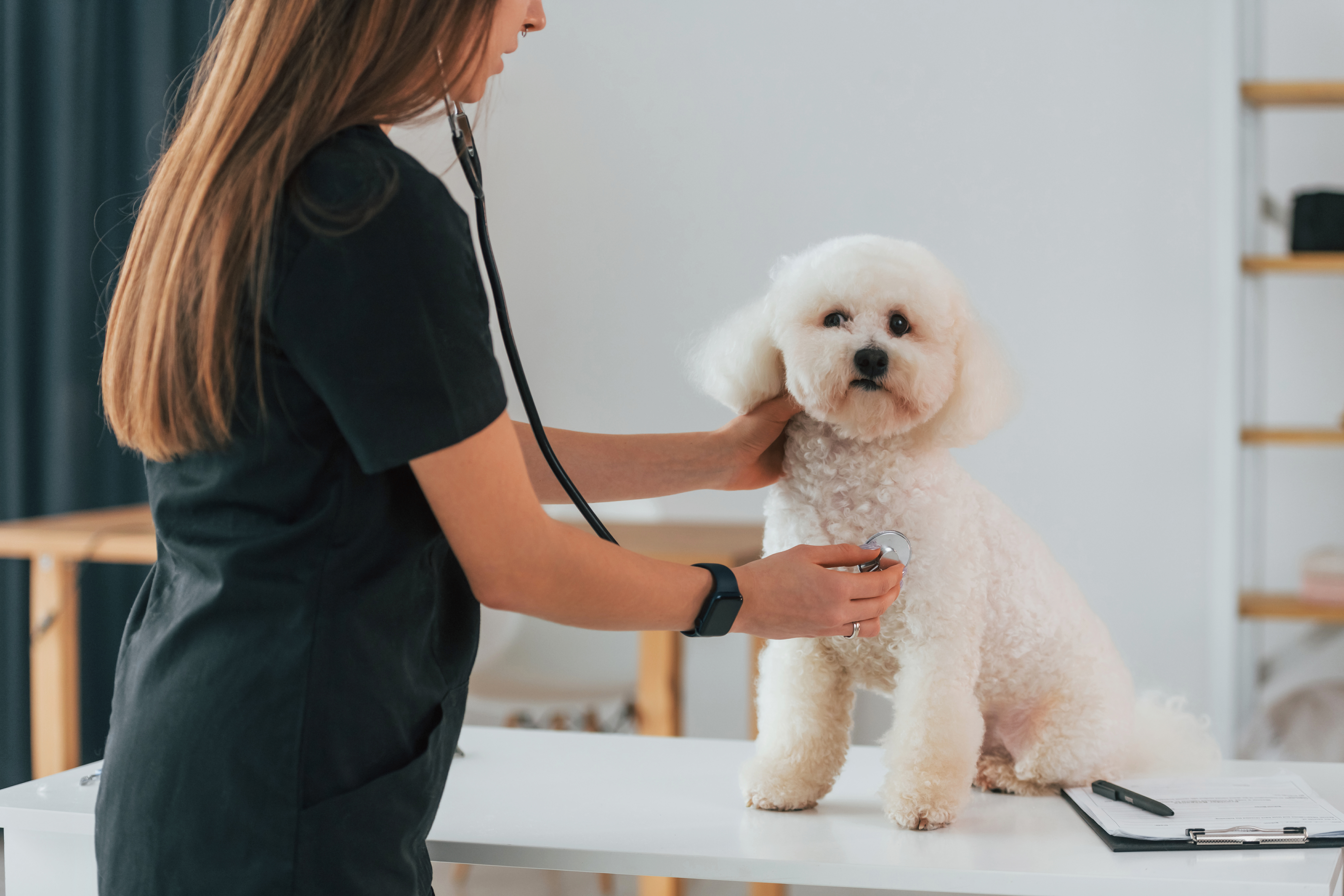
Regular veterinary care is crucial in ensuring your dog's long-term health. Routine check-ups allow for early detection of potential health issues and keep vaccinations up to date. Preventive care, including flea and tick prevention, heartworm medication, and dental care, is equally important. Building a relationship with a trusted veterinarian provides a reliable source of information and support. Understanding the signs of illness, such as changes in appetite, behavior, or energy levels, can prompt timely veterinary intervention. Additionally, having a pet insurance plan can alleviate financial concerns, ensuring you can provide the necessary care without hesitation.
8. The Power of Positive Reinforcement
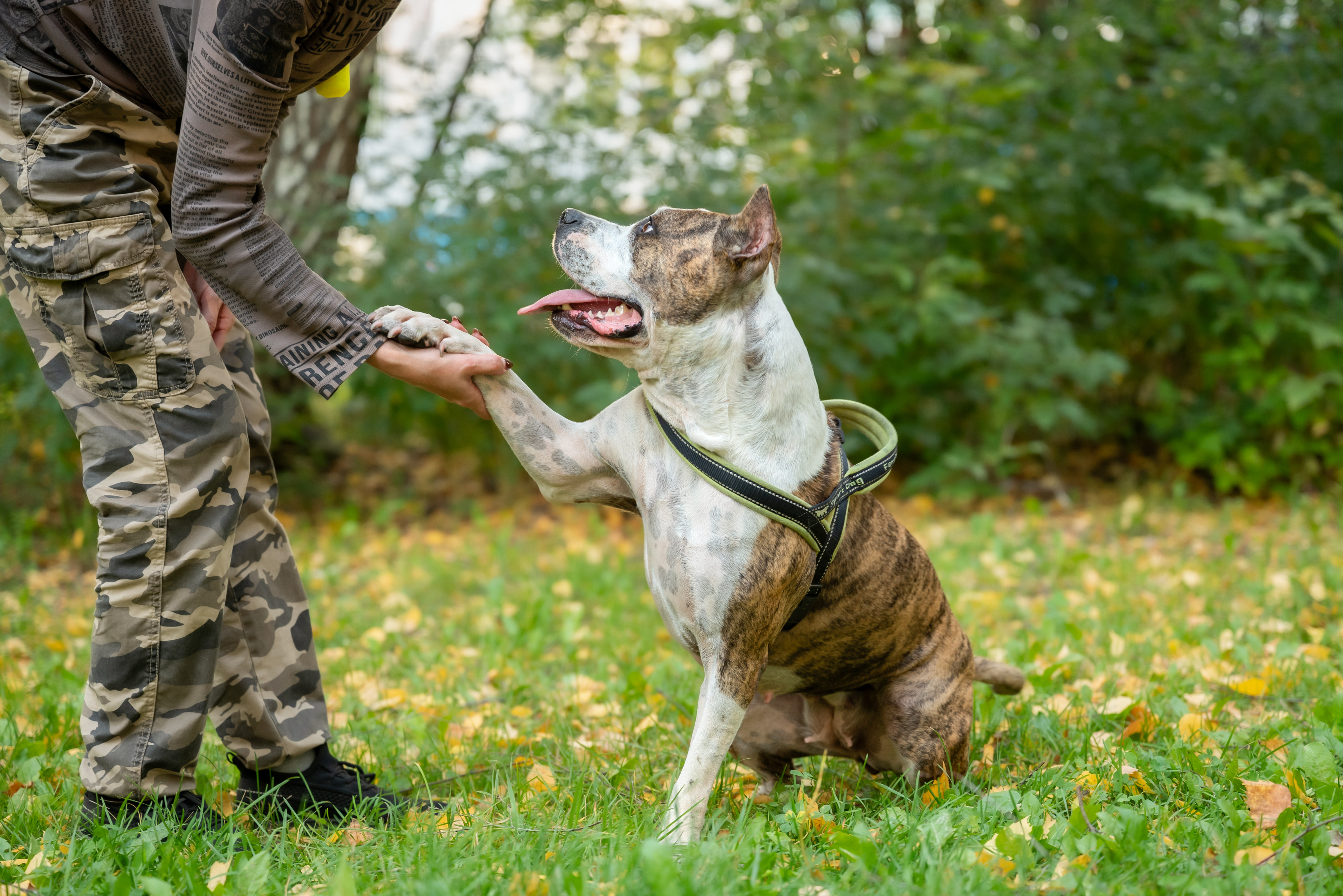
Positive reinforcement is a powerful tool in dog training and behavior management. This method involves rewarding your dog for exhibiting desired behaviors, which encourages them to repeat those actions. Rewards can take the form of treats, praise, or playtime. The key to successful positive reinforcement is consistency and timing; rewards should be given immediately after the desired behavior to reinforce the connection. This approach not only builds trust but also enhances your dog's learning experience. By focusing on positive reinforcement, you can effectively address behavioral issues and foster a harmonious relationship with your dog.
9. Managing Separation Anxiety
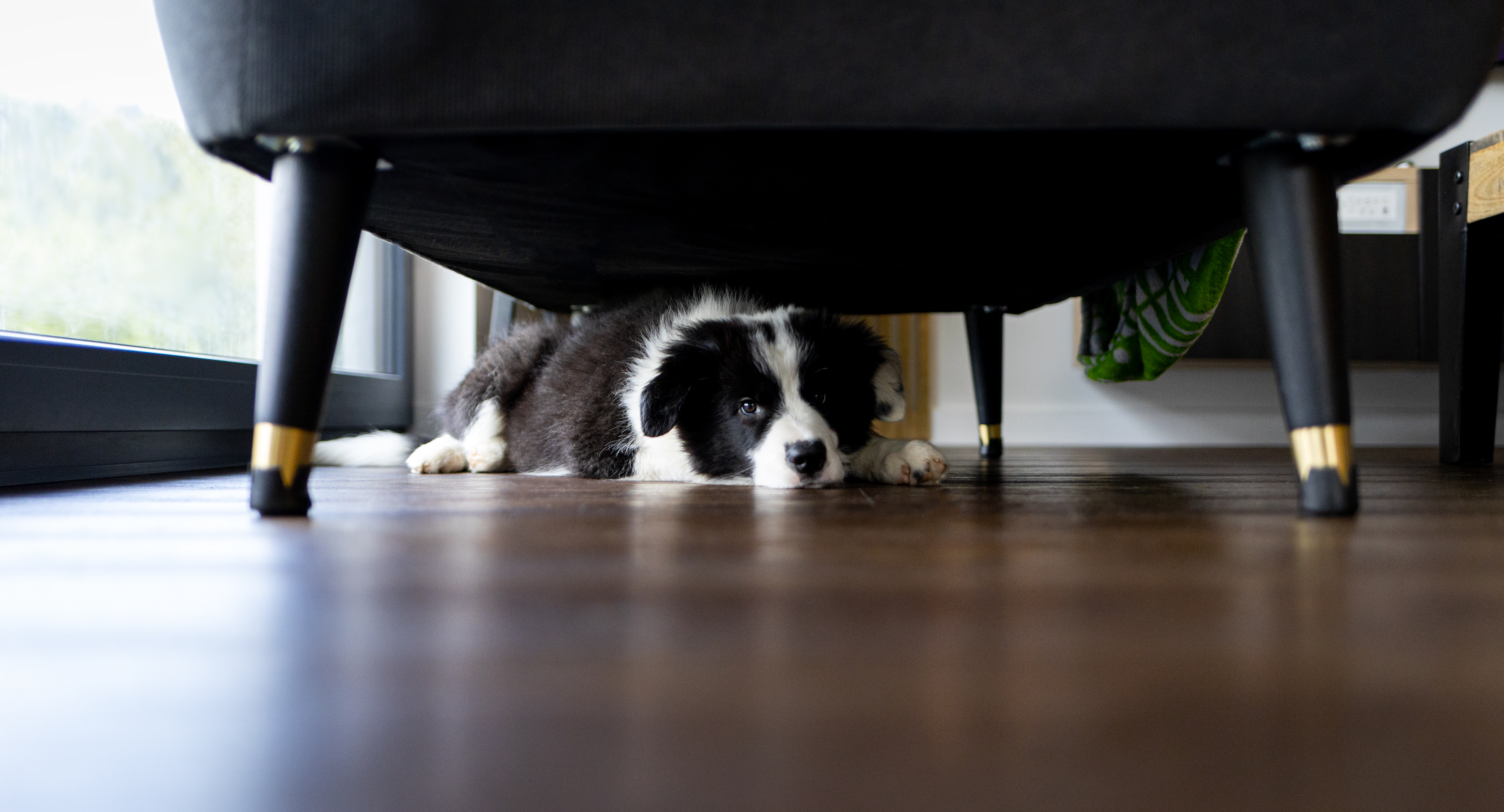
Separation anxiety is a common issue among dogs, especially those who are particularly attached to their owners. Symptoms can include excessive barking, destructive behavior, or house soiling when left alone. Addressing separation anxiety requires patience and a strategic approach. Gradually increasing the time your dog spends alone, creating a comforting environment, and providing engaging toys can help alleviate anxiety. In some cases, consulting a professional dog trainer or behaviorist may be necessary. Understanding and addressing separation anxiety not only improves your dog's quality of life but also enhances your peace of mind.
10. Choosing the Right Accessories and Toys

Selecting the right accessories and toys is essential for your dog's happiness and development. Toys provide mental stimulation, prevent boredom, and promote physical activity. When choosing toys, consider your dog's size, age, and chewing habits. Interactive toys, such as puzzle feeders, can challenge your dog's mind and alleviate boredom. Accessories like collars, leashes, and harnesses should be comfortable, durable, and appropriate for your dog's size. Investing in quality items ensures safety and longevity. Additionally, rotating toys and introducing new ones periodically can keep your dog engaged and excited.
Mastering the art of dog parenting is a rewarding journey filled with learning, growth, and unconditional love. By equipping yourself with these essential must-haves, you lay a strong foundation for a fulfilling relationship with your canine companion. Each aspect, from understanding basic needs to creating a supportive community, plays a vital role in ensuring your dog's well-being and happiness. As you navigate the challenges and joys of dog ownership, remember that patience, commitment, and love are your greatest allies. Embrace the journey with an open heart, and you'll discover the profound bond that makes dog parenting an unparalleled experience.

